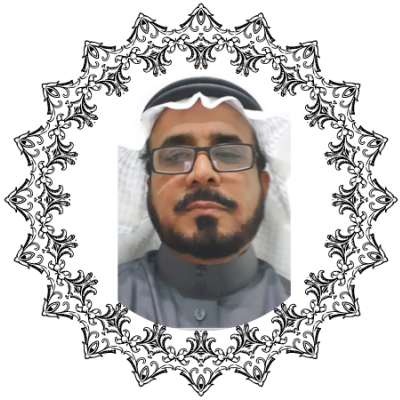
Prof. Dr. Abdullah Ghadran Al-Sehemi. A journey of research and hard work culminated in achieving excellence and patents registration
Currently, he is a Consultant to His Excellency the President of King Khalid University for Scientific Research. He received his Ph.D. from the University of Leicester, UK. He was a member of the Saudi Consultative Council (Shura Council) and a member of the Water, Agriculture, and Environment Committee of the Shura Council. He was the Dean of Scientific Research and director of The Research Center for Advanced Materials Science (RCAMS).
He is an author of over 600 publications, and co-inventor of several patents one of them is related to covid -19 research and the others in the field of solar light-sensitive devices and Photomemcapacitor, and Flexible Antennas. He is also the editor of 8 books and 2 chapters. He works experimentally and computationally in the field of advanced functional materials, nanomaterials, stereochemistry, and drug design. Recently, He is one of the Top 2% of scientists listed according to Stanford University.
His research interests are in Stereochemistry (chiral axis), Applications of NMR spectroscopy in problems related to organic chemistry, Conformation and stereo-dynamics compounds, Theoretical investigation of conformation analysis in amide compounds, Implementation of quantum chemical methods to solve and analyze different chemical problems at molecular level, designing and modeling the new materials along with simulation and prediction of crystal structures which would be helpful in designing highly efficient materials of OLEDs, OFETs, photovoltaic cells, drug discovery projects, pharmaceuticals, and other fields of Material Science, calculation of the structure-property relationship in different types of functional materials following quantum chemical programs have been employed: Gaussian, ADF, Material Studio, MATLAB along with GaussView, ChemCrft, Chemissan, GaussSum, Mercury, Origin, ChemDraw, Molden, and Molekel, theoretical investigations of dye-sensitized solar cell materials, designing efficient dyes and studying their interaction with metal oxides, computational study of nanomaterials, and QSAR studies and its applications.